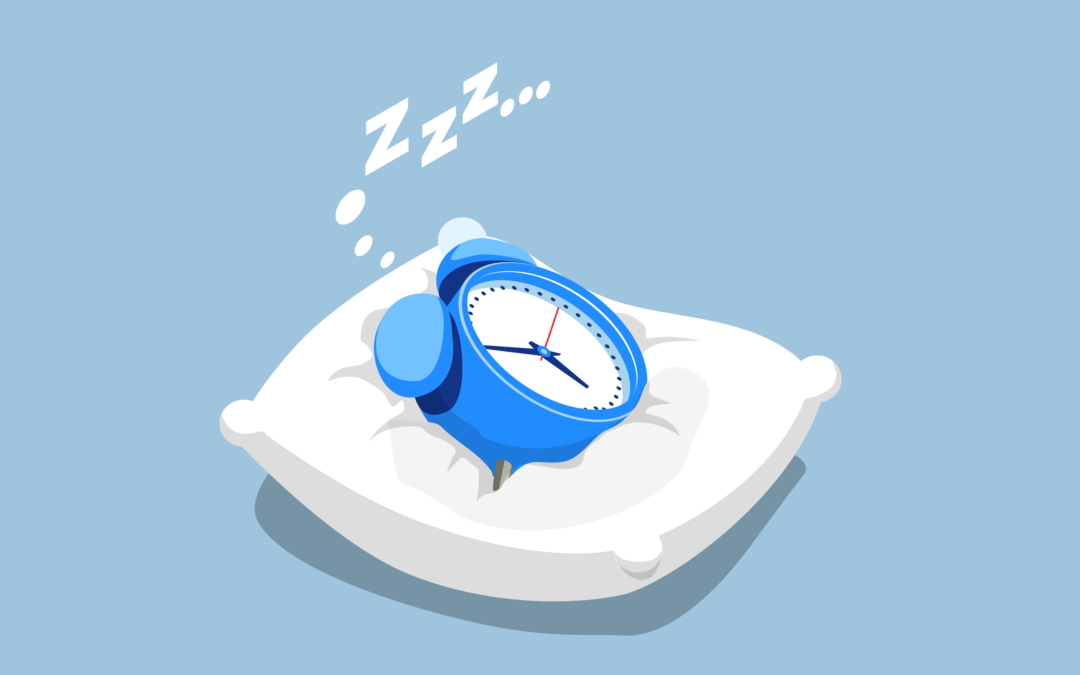Daytime sleepiness is a common issue affecting millions of people worldwide. It can hinder productivity, impair cognitive function, and reduce the overall quality of life. Understanding the causes and adopting effective strategies to manage it can significantly enhance one’s daily functioning and well-being.
Understanding Daytime Sleepiness
Daytime sleepiness refers to the persistent feeling of drowsiness during the day, often resulting in an overwhelming urge to sleep. It can be caused by a variety of factors, including inadequate sleep, poor sleep quality, lifestyle habits, medical conditions, and environmental factors.
Common Causes of Daytime Sleepiness
- Inadequate Sleep: The most straightforward cause is not getting enough sleep. Adults typically need 7-9 hours of sleep per night, but many people fall short of this due to work schedules, social commitments, or other reasons.
- Sleep Disorders: Conditions such as sleep apnea, insomnia, narcolepsy, and restless legs syndrome can disrupt sleep, leading to daytime drowsiness.
- Lifestyle Factors: Poor sleep hygiene, irregular sleep schedules, and the consumption of caffeine or alcohol can interfere with sleep patterns.
- Medical Conditions: Certain medical conditions, including depression, anxiety, chronic pain, and hormonal imbalances, can affect sleep quality and duration.
- Medications: Some medications, such as antihistamines, antidepressants, and antihypertensives, have side effects that include drowsiness.
- Environmental Factors: Noisy or uncomfortable sleeping environments can prevent restful sleep, leading to fatigue during the day.
Strategies for Managing Daytime Sleepiness
1. Prioritize Sleep Hygiene
Sleep hygiene refers to the practices and habits that promote good sleep quality. Improving sleep hygiene can significantly reduce daytime sleepiness.
Consistent Sleep Schedule
Maintaining a regular sleep schedule by going to bed and waking up at the same time every day, even on weekends, helps regulate the body’s internal clock. This consistency can improve the overall quality of sleep.
Create a Restful Environment
Ensure your sleeping environment is conducive to rest. This includes:
- Darkness: Use blackout curtains or an eye mask to block out light.
- Quiet: Use earplugs or a white noise machine to mask disruptive sounds.
- Comfort: Invest in a comfortable mattress and pillows.
- Temperature: Keep the bedroom cool, as a lower temperature can promote better sleep.
Limit Stimulants
Avoid caffeine, nicotine, and heavy meals close to bedtime. These stimulants can interfere with your ability to fall asleep and stay asleep.
2. Improve Sleep Quality
The quality of sleep is just as important as the quantity. Deep, restorative sleep is crucial for preventing daytime sleepiness.
Relaxation Techniques
Incorporate relaxation techniques such as meditation, deep breathing exercises, or progressive muscle relaxation into your nightly routine to calm the mind and prepare for sleep.
Limit Screen Time
Exposure to blue light from screens can interfere with the production of melatonin, the hormone that regulates sleep. Try to avoid screens at least an hour before bed.
Physical Activity
Regular physical activity can promote better sleep, but avoid vigorous exercise close to bedtime. Aim for at least 30 minutes of moderate exercise most days of the week.
3. Address Underlying Medical Conditions
If a medical condition is contributing to your daytime sleepiness, it’s essential to seek treatment. This might involve medication, therapy, or lifestyle changes.
Sleep Apnea
Sleep apnea is a condition where breathing repeatedly stops and starts during sleep. Treatment options include continuous positive airway pressure (CPAP) therapy, weight loss, and, in some cases, surgery.
Insomnia
Cognitive-behavioral therapy for insomnia (CBT-I) is an effective treatment that involves changing thoughts and behaviors that cause or worsen sleep problems.
4. Optimize Daytime Habits
Daytime habits can significantly influence sleep quality and daytime alertness.
Nap Wisely
Short naps (20-30 minutes) can be beneficial and help improve mood and alertness. However, avoid long naps or napping too late in the day, as this can interfere with nighttime sleep.
Stay Hydrated
Dehydration can cause fatigue. Ensure you drink enough water throughout the day.
Manage Stress
Chronic stress can lead to sleep disturbances. Practice stress-management techniques such as yoga, mindfulness, or journaling to keep stress levels in check.
5. Use Light to Your Advantage
Light exposure plays a crucial role in regulating your circadian rhythm, the body’s internal clock.
Morning Light
Expose yourself to natural sunlight in the morning to help reset your circadian rhythm and signal to your body that it’s time to wake up.
Limit Evening Light
In the evening, dim the lights to help your body prepare for sleep. Avoid exposure to bright lights, especially blue light from screens.
6. Consider Professional Help
If you’ve tried the above strategies and still struggle with daytime sleepiness, it might be time to seek professional help.
Sleep Specialists
Sleep specialists can conduct sleep studies to diagnose sleep disorders and recommend appropriate treatments.
Therapists
Therapists, especially those trained in cognitive-behavioral therapy, can help address underlying psychological issues that might be contributing to sleep problems.
Practical Examples and Case Studies
Example 1: The Impact of Lifestyle Changes
John, a 35-year-old office worker, struggled with daytime sleepiness. He often felt drowsy during meetings and had difficulty concentrating. John realized that his irregular sleep schedule and frequent consumption of caffeine were major contributors to his problem.
Solution: John decided to prioritize his sleep hygiene. He set a consistent sleep schedule, avoided caffeine in the afternoon, and created a more restful sleeping environment. Within a few weeks, John noticed a significant improvement in his daytime alertness and overall energy levels.
Example 2: Addressing Sleep Apnea
Maria, a 45-year-old teacher, experienced severe daytime sleepiness and loud snoring, which her partner often complained about. After consulting a sleep specialist, Maria was diagnosed with sleep apnea.
Solution: Maria began using a CPAP machine to keep her airway open during sleep. She also made lifestyle changes, such as losing weight and avoiding alcohol before bed. These interventions drastically improved her sleep quality and eliminated her daytime sleepiness.
Example 3: Cognitive-Behavioral Therapy for Insomnia
Emma, a 30-year-old software engineer, had difficulty falling asleep and often woke up during the night. Her daytime sleepiness affected her job performance and mood.
Solution: Emma sought help from a therapist trained in CBT-I. Through therapy, she learned to identify and change negative thoughts and behaviors that were disrupting her sleep. She also adopted relaxation techniques and improved her sleep hygiene. Over time, Emma’s sleep quality improved, and her daytime sleepiness diminished.
Conclusion
Managing daytime sleepiness involves a multifaceted approach, including improving sleep hygiene, addressing underlying medical conditions, optimizing daytime habits, and seeking professional help when necessary. By understanding the causes and implementing effective strategies, you can significantly reduce daytime sleepiness and improve your overall quality of life.
Daytime sleepiness can be a debilitating issue, but with the right knowledge and tools, it is manageable. Prioritize your sleep, make necessary lifestyle changes, and don’t hesitate to seek professional help if needed. With dedication and consistency, you can overcome daytime sleepiness and enjoy a more energetic and productive life.

